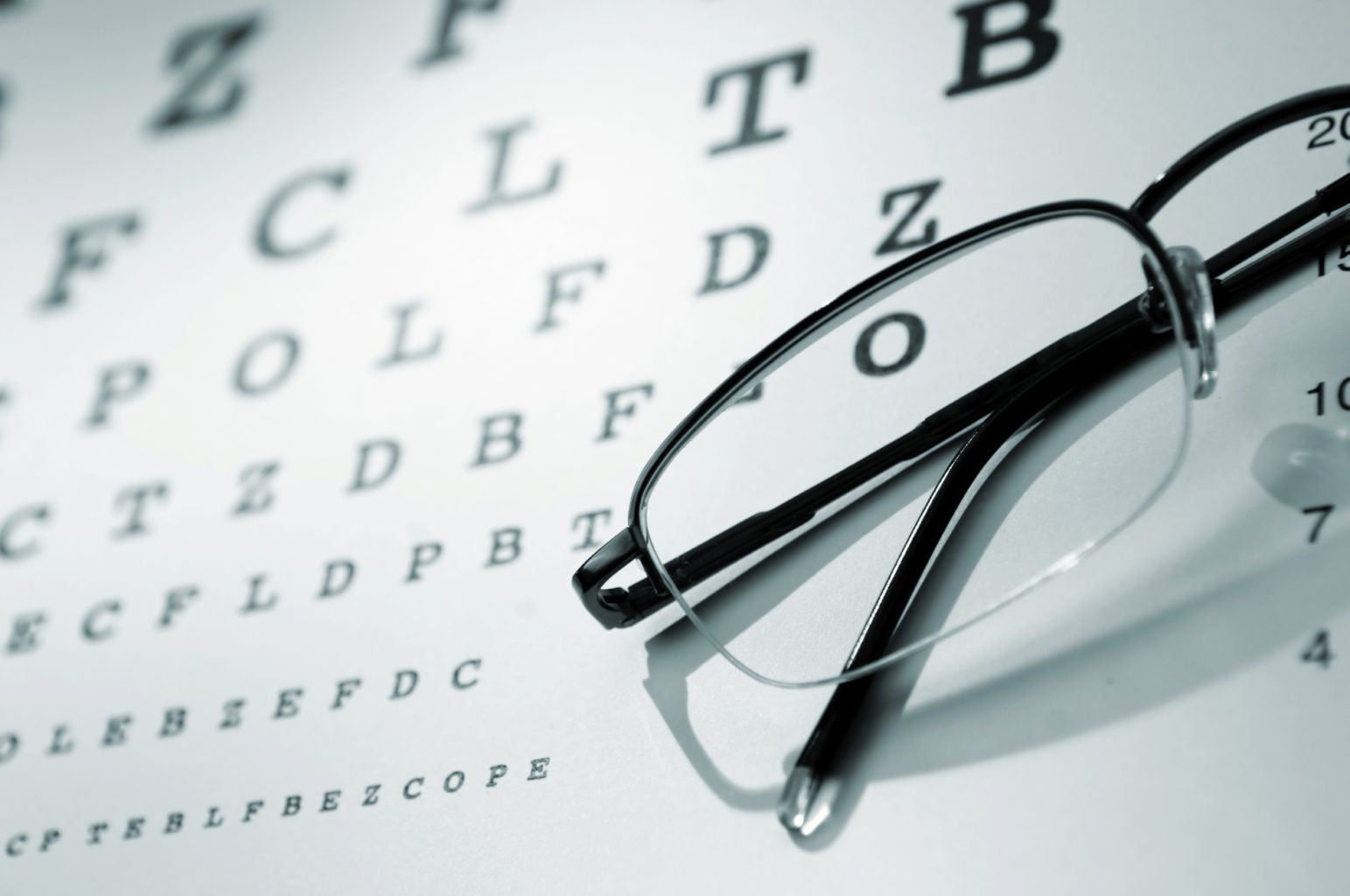In our last blog post, we introduced low vision with a discussion on its meaning, its outlook, and how it affects the individual.
Today, we will be looking at its common causes, impact, and necessary steps to be taken.
Causes of low vision
Disorders, diseases, and injuries that have affected the eye are usually the causes.
Some of them include;
- Eye diseases such as glaucoma, age-related macular degeneration, cataracts, and diabetic retinopathy
- Glaucoma leads to poor peripheral sight
- Age-related macular degeneration leads to a partially obscured or blurred vision
- Cataract leads to a blurry and hazy vision
- Diabetic retinopathy leads to visual distortions and blurriness
- Injuries can result from brain injury leading to contrast loss and eye sensitivity
- Disorders resulting from Retinitis pigmentosa and albinism
- Retinitis pigmentosa leads to a reduction in peripheral vision and seeing well in the dark.
The impact of low vision
In children
It is worth noting that, aside from an eye injury, children can develop this vision as a result of birth defects.
Children with visual impairment have challenges with learning and they may require some specially designed instructions as well as support for developing socialization skills.
In adults
In this case, it can lead to depression, because it is often frustrating.
You know the feeling of not being able to read quickly or driving safely at night.
These set of people may find it difficult to move around town on their own.
Causing them to depend on their families and friends, but on the other hand, some with none of these luxuries, tend to suffer this eye challenge alone.
What can be done
Having identified all these indications mentioned above, the first step to take is to see an eye doctor for a comprehensive eye examination.
Poor vision that can’t be remedied with any contact lenses or eyeglasses indicates that there is a serious eye disease on the loom.
Rather than delay, it is better to take that necessary step before a further degeneration of vision.
Even if your eye doctor discovers that your low vision can’t be corrected by a normal medical treatment or surgery, he or she is in the position to take you through the necessary steps.

